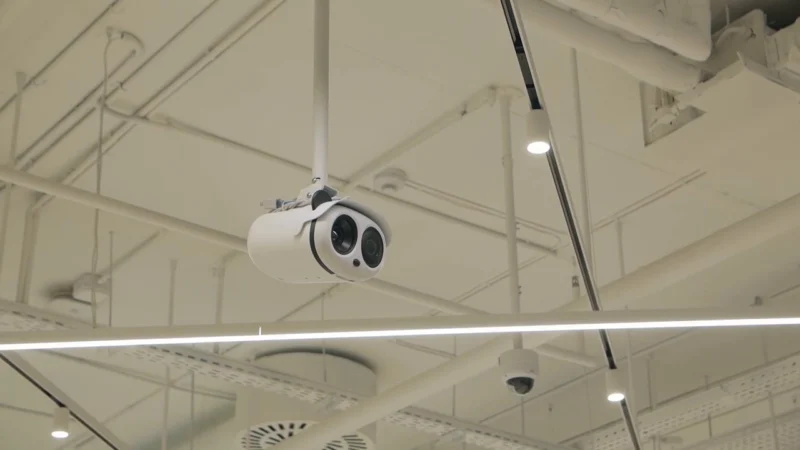AI and Machine Vision Increase Efficiency and Accuracy to the Factory
With so many innovations in AI and machine vision digitally transforming the manufacturing landscape, Intel’s Stephanie Grisafi and Sahar Ehsani joined To the Edge and Beyond to provide insights into exciting trends and opportunities at the forefront of this transformation.
Many manufacturers are familiar with the classic machine vision model with algorithms designed for specific products. Any updates or changes to the product require remodeling and “re-teaching” the algorithm to adapt to a new system. Ehsani says, “But when [it comes] to AI and machine vision, and you connect these new technologies with each other, integration of these two brings a solution that is adjustable and selectable for different types and patterns of the product. AI becomes a self-learning tool in that device, so that you can give [AI] the first model, and it will start learning and optimizing itself for a different condition.”
Grisafi says that continuous learning is a crucial advantage of utilizing AI with machine vision in manufacturing, “As you add new data points, you’re further training that algorithm to deliver increased accuracy and performance. It will lead to faster decisions happening on the factory floor.” AI and machine vision can help make a factory setting safer through detection protocols such as determining if workers are wearing the proper safety equipment. Grisafi notes, “There’re a lot of great applications and benefits to applying a machine vision solution in the factory.”
The consistency of machine vision eliminates human errors by putting “eyes”. (its camera capabilities) in areas of machines that humans simply cannot monitor. Ehsani explains, “Machine vision removes human dependency. We have different sets of experts on the shop floor, but they have different skills. They have a different type of vision. Machine vision can bring into view things that the human eye cannot see, but the machine can see consistently. We can leverage those expert [human] resources [who] are familiar with the process in the control layer rather than right at the floor and spending their time on those repetitive tasks.”
The pandemic shone a stark light on the reality that there is not nearly enough automation in current supply chains to aid the growing demands. This is an area AI and machine vision can play a significant role. Ehsani says, “AI and machine vision brings automation to the supply chain, and they increase efficiency and bring greater accuracy to the factory. Having technologies enabled by machine vision solutions like asset tracking and inventory management – what goes into the warehouse and what comes out – these are the problems that machine vision could solve.”
Learn more about AI and machine vision solutions by connecting with Stephanie Grisafi and Sahar Ehsani on LinkedIn or by visiting https://www.intel.com/industrial.
Subscribe to this channel on Apple Podcasts, Spotify, and Google Podcasts to hear more from the Intel Internet of Things Group.




